- About
- From the Director
- Vision and Mission
- Administration
- General Information
- Student Corner
- General Information
- Medium of instruction in IISc
- Status of IISc
- CGPA to Percentage Conversion
- Migration Certificate / TC
- Relabelling of MSc(Engg)
- Campus Life
- My Life@IISc: a student perspective
- Hostels/Mess
- Gymkhana
- Official transcripts
- Campus Facilities
- Health Centre
- Auditoria and Seminar Halls
- Internal Committee Against Sexual Harassment (ICASH)
- Complaints related to caste-based discrimination
- Current Students
- Fee Structure
- IISc A/c for Tuition Fee
- Students Affairs Committee
- Ombudsperson
- Online Ph D thesis processing with ScholarOne
- Useful Forms
- Academic Integrity
- Students Council
- PG students’ information handbook 2024
- PG students’ information handbook 2024 – Updated
- PG Students’ Scheme of Instruction 2024
- UG Students’ Handbook & SOI 2024-25
- Office of Laboratory Safety and Environmental Health
- Student Code of Conduct – 2019
- Opportunities for Current Students
- Prospective Students
- International Students
- Campus Placement
- Student Achievements
- General Information
- Faculty Corner
- Research Scientists Corner
- Admin Staff Corner
- Guests Corner
- Academics
- Divisions
- Division of Biological Sciences
- Division of Chemical Sciences
- Division of Electrical, Electronics, and Computer Sciences (EECS)
- Division of Interdisciplinary Sciences
- Division of Mechanical Sciences
- Division of Physical and Mathematical Sciences
- Centres under the Director
- Autonomous Societies / Centres / Section 8 Companies
- Departments
- Faculty Positions
- Courses
- Undergraduate Programme
- Continuing Education
- Academic Bank of Credits
- Student Information Handbook 2023
- SCC
- IQAC
- Graduate Programmes
- Anti Ragging
- Divisions
- Admissions
- Research
- News & Events
- Engage with IISc
- Accr. & Ranking
- A-Z




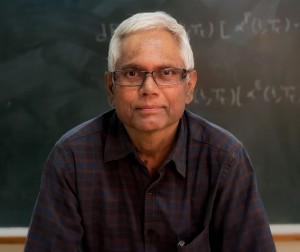 A more realistic mathematical model has been developed by
A more realistic mathematical model has been developed by 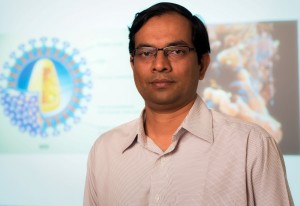
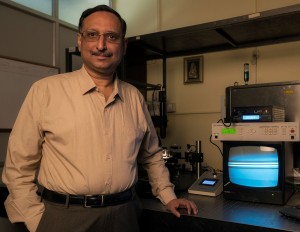
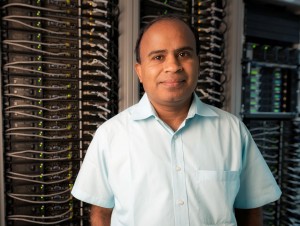 In a new study,
In a new study, 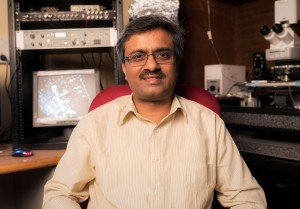 A recent study by Manisha Sinha and
A recent study by Manisha Sinha and 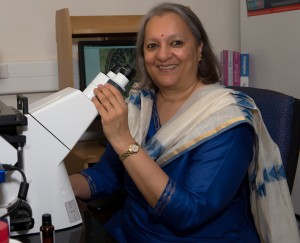 In order to survive, the cells in our body need to track their environment closely and respond quickly to changes. To achieve this, they use signalling pathways which help a cell tune in to the outside world. Understanding the molecular mechanisms underlying cell signalling is the focus of research in
In order to survive, the cells in our body need to track their environment closely and respond quickly to changes. To achieve this, they use signalling pathways which help a cell tune in to the outside world. Understanding the molecular mechanisms underlying cell signalling is the focus of research in 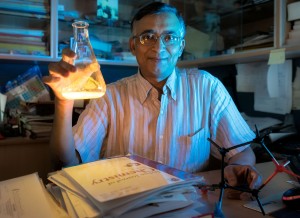
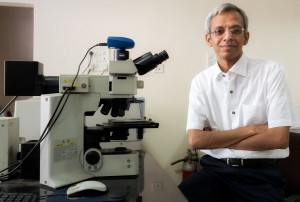 Using advanced microscopy techniques like transmission electron microscopy,
Using advanced microscopy techniques like transmission electron microscopy, 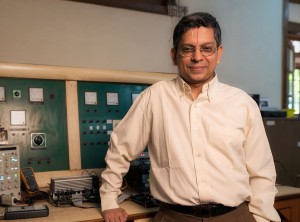 “If you use black boxes for your research, you will have power electronics students who cannot handle power electronics devices themselves,” says
“If you use black boxes for your research, you will have power electronics students who cannot handle power electronics devices themselves,” says 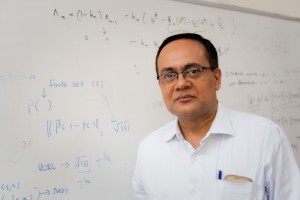
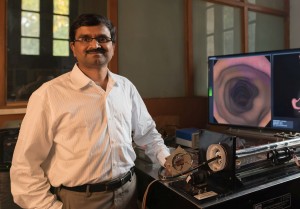
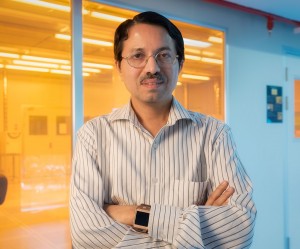 For decades, silicon transistors have been shrinking in size. But silicon is no longer a suitable material when transistors become smaller than 10 nanometres.
For decades, silicon transistors have been shrinking in size. But silicon is no longer a suitable material when transistors become smaller than 10 nanometres.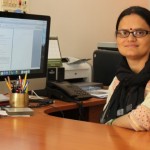
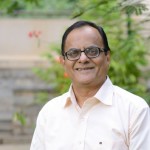 In recognition of his significant contributions to diverse areas of physics,
In recognition of his significant contributions to diverse areas of physics, 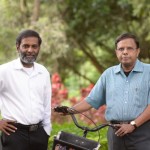 More recently, recognizing the value and importance of translating their research output into practice,
More recently, recognizing the value and importance of translating their research output into practice, 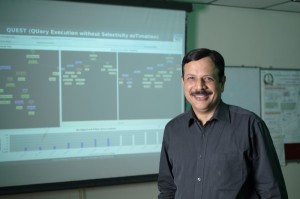 Jayant Haritsa
Jayant Haritsa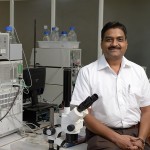
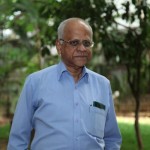
 Scientific data─such as those arising from imaging devices and computational experiments in science and engineering disciplines─is increasingly becoming larger in size and richer in its features. A deeper understanding of such data plays a fundamental role in the d …
Scientific data─such as those arising from imaging devices and computational experiments in science and engineering disciplines─is increasingly becoming larger in size and richer in its features. A deeper understanding of such data plays a fundamental role in the d …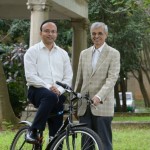
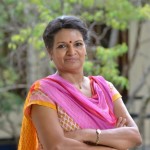 The Himalaya-formed by the India-Eurasia collision about 40 million years ago-is the northern boundary of the Indian subcontinent, and Burma-Andaman arc is its eastern boundary. Both of these are active tectonic boundaries which have made parts of the Indian subcontinent exceptionally vulnerable…
The Himalaya-formed by the India-Eurasia collision about 40 million years ago-is the northern boundary of the Indian subcontinent, and Burma-Andaman arc is its eastern boundary. Both of these are active tectonic boundaries which have made parts of the Indian subcontinent exceptionally vulnerable…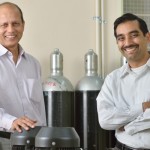 Today’s thermal power plants use steam to carry heat away from the source and turn a turbine to generate power. However, one could generate more power if, instead of steam, supercritical carbon dioxide (S-CO2) is used. The term “supercritical” describes the state of carbon dioxide above its critical temperature …
Today’s thermal power plants use steam to carry heat away from the source and turn a turbine to generate power. However, one could generate more power if, instead of steam, supercritical carbon dioxide (S-CO2) is used. The term “supercritical” describes the state of carbon dioxide above its critical temperature …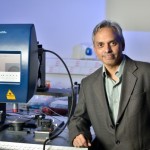
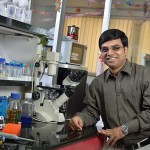
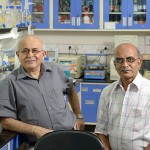 Mycobacterium tuberculosis is an ancient pathogen that causes the disease tuberculosis (TB), infecting millions of people every year; the disease has a very high rate of mortality and morbidity. The TB challenge has only grown with the emergence of drug-resistant strains of this bacterium. To combat the disease …
Mycobacterium tuberculosis is an ancient pathogen that causes the disease tuberculosis (TB), infecting millions of people every year; the disease has a very high rate of mortality and morbidity. The TB challenge has only grown with the emergence of drug-resistant strains of this bacterium. To combat the disease …